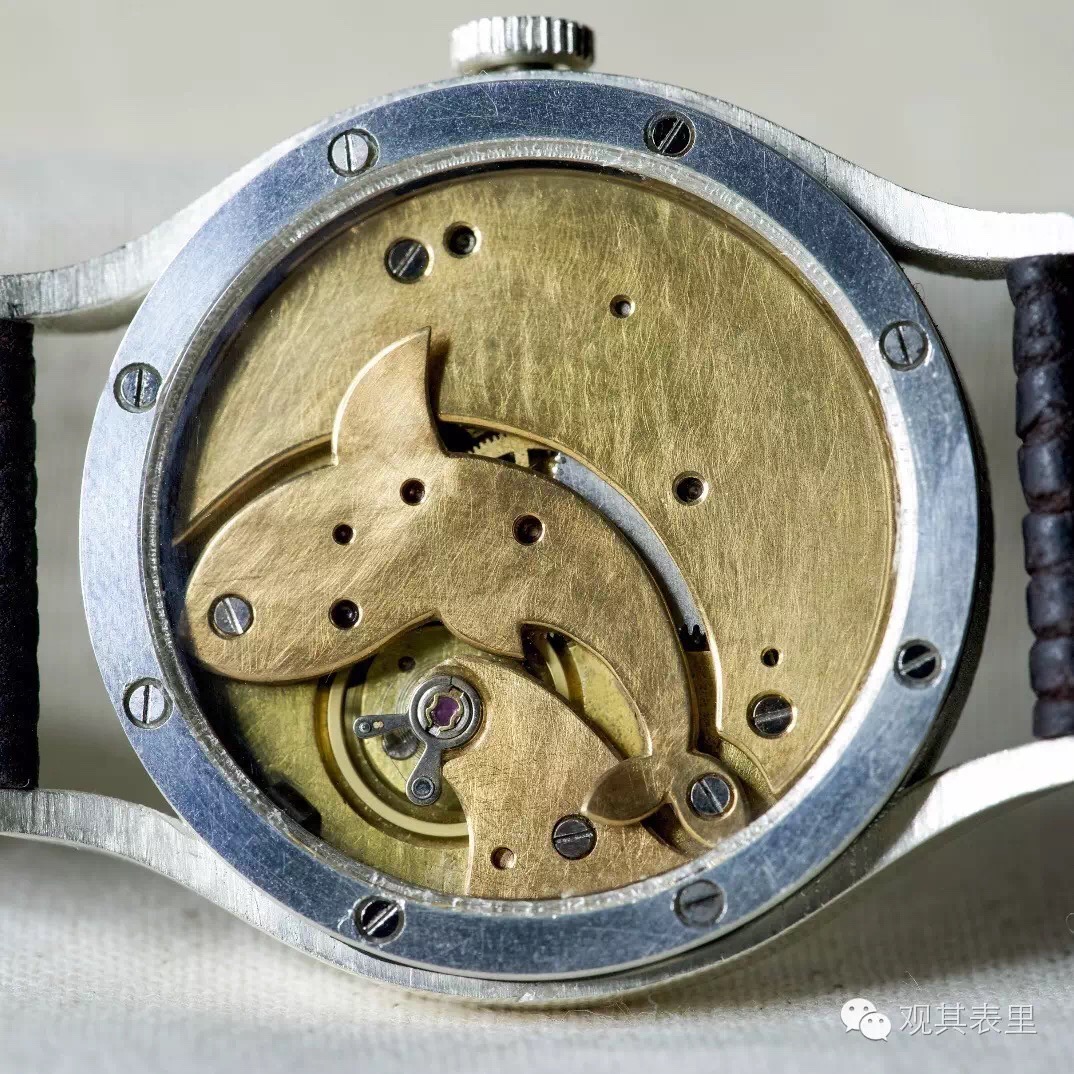Pilot Watch History & A Flight-Themed Watch from Fiyta
/So exactly what is the definition of a pilot's watch, or an aviation watch? No, really...I'm asking, because it seems to be pretty wide open. Chronographs seem to be a popular feature for pilots, and were a mandatory addition for the Chinese Air Force when they commissioned their official pilot's watch from the Tianjin watch factory back in the early 60s. One of the earliest known wristwatches made specifically for a pilot was by Louis Cartier for his friend Alberto Santos-Dumont, who was...one of the earliest pilots. Apparently, the famous and flamboyant Santos caused a bit of a stir by wearing his watch on his wrist instead of in his pocket, which triggered some of the first wristwatch craze among the general public.
Once the Wright Brothers and Santos established the possibility of flight, it wasn't long before competition set in among new pilots. Louis Blériot became the first person to fly 40 miles across the English Channel, and he did so with a Zenith strapped to his wrist. Different from the Cartier, the Zenith had some improved features that made it more exclusively a pilot's watch. A highly-contrasting dial and hands, oversized Arabic numerals for legibility, and a large crown that could be turned while wearing gloves. These early features remain some of the notable markings of a pilot's watch to this day.
Unfortunately, it was World War I that brought in the next wave of horological advancements. Driven by sheer wartime functionality, the needs of pilots were met with features like luminous hands for night flights, longer power reserves, as well as an ability to keep accurate time in extreme temperatures and during strenuous aviation vibration. In the brief years between wars, Longines and Lindbergh collaborated to create a watch that allowed pilots to correctly determine their longitude based on Greenwich Mean Time.
And again, WWII brought more function-based changes to what we know as pilot’s watches. Hitler's RLM (Reichs-Luftfahrtministerium) developed watches with a larger case (often 55mm) and crown, and the now infamously recognizable triangle at 12 o'clock. These watches were known as the B-Uhren, an abbreviation for Beobachtungs-uhren, which literally translates to “Observation watches.” A handful of manufacturers were responsible for the production of the B-Uhren, including A. Lange & Söhne, and eventually IWC.
Vintage B-urh, curtesy of monochrome, where much of this article is summarized from
Breitling and Longines continued developing complications that pilots would find useful, such as the chronograph and others. But where does this leave us in terms of defining what makes a pilot’s watch? I've come to the conclusion after learning a bit of the history and combining it with popular modern trends, that the definition is still very much open to individual interpretation.
Speaking of modern trends, a google image search of "pilot’s watch" did show a few recurring features, including the large black dial, large crown, luminescent hands, and highly-legible hour markers. I asked a fellow watch enthusiast, who happens to be a pilot, what comes to mind when he hears the term “pilot's watch,” and his reply was that he prefers "simple watches that illustrate the aviation theme more than actual aviation functionality." If these features are what you're currently looking for in a watch, then this piece from the 'Flight Series' collection from Fiyta (pronounced: fee-ya-ta) might be of interest.
Fiyta is the top domestic brand in China, and I would like to think that part of the reason for the brand’s continued success is that they continue to think vertically as opposed to laterally in terms of their product design. That might seem like a silly statement. Why wouldn't any brand want to continue to improve its product and innovate? You need to spend time here in China to understand why, but it's very easy for brands that have a huge domestic customer base to stay well within the safety zone of what they know will sell. However, there are a handful of brands that are actual trendsetters instead of trend followers, and Fiyta is definitely one of them. Have a look at this watch I reviewed a while back for an example of something way outside the box.
Fiyta has been an official partner of the China National Space Administration since 2003, and their watches have actually been worn on every trip to space that China has made. This watch is on the basic side in terms of its functions, and the automatic movement gives you hours, minutes, seconds, and date.
The watch isn't Big Pilot large, but it's chunky enough at 45mm and 12mm thick. The case itself is titanium, which I'm becoming a fan of, especially in larger watches. I love barely feeling a watch on my wrist. Well…I like to know it's there without feeling like it's pulling me down. The titanium case, combined with one of the softest leather straps I've worn, made for a very pleasant experience on the wrist.
Unfortunately, I didn't get to spend a lot of time with this watch, so I don't have a lot more to report. But I thought it was attractive and comfortable and wanted to share these pics. If you're in China, it shouldn't be too difficult to find this one. I couldn't locate it online, but I've inquired with the company about availability outside of China and will update here when I get some more info. The retail price with the leather strap was 4,080RMB, and with the titanium bracelet is marked at 4,580RMB ($640-$720 USD).



















